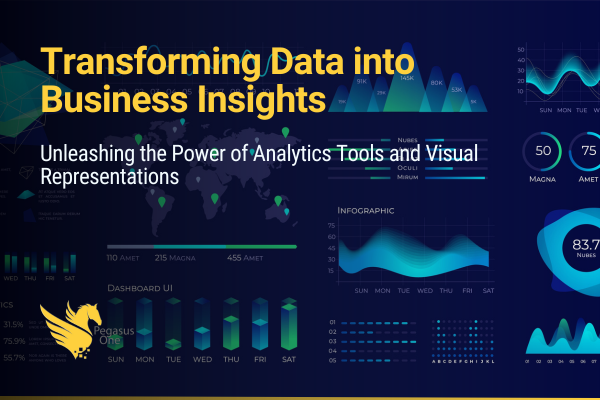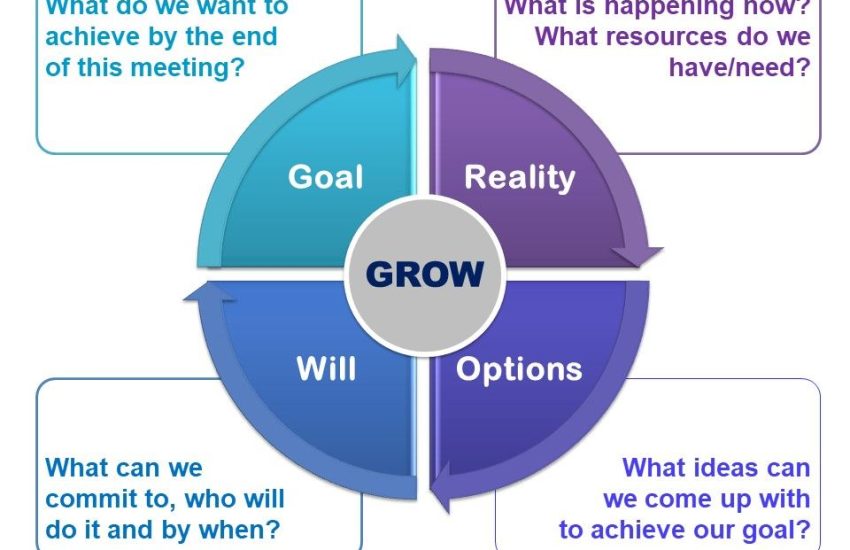Using Analytics to Drive Business Growth
In today’s fast-paced digital world, businesses are constantly looking for ways to stay ahead of the competition. One of the most powerful tools at their disposal is analytics. By harnessing the power of data and analytics, businesses can gain valuable insights into their customers, competitors, and market trends. This information can then be used to make informed decisions that drive business growth.
Understanding Analytics
Analytics is the process of collecting, analyzing, and interpreting data to gain insights and make informed decisions. In the business world, analytics can be used to track key performance indicators (KPIs), measure the success of marketing campaigns, and identify areas for improvement. By leveraging analytics, businesses can make data-driven decisions that drive growth and maximize profitability.
The Benefits of Analytics
There are numerous benefits to using analytics to drive business growth. Some of the key benefits include:
1. Improved Decision Making
By analyzing data, businesses can gain a deeper understanding of their customers, competitors, and market trends. This information can then be used to make informed decisions that drive growth and maximize profitability.
2. Enhanced Customer Insights
Analytics can provide businesses with valuable insights into customer behavior, preferences, and purchasing patterns. By understanding their customers better, businesses can tailor their products and services to meet their needs and drive customer loyalty.
3. Increased Efficiency
By tracking key metrics and performance indicators, businesses can identify areas for improvement and optimize their operations. This can lead to increased efficiency, reduced costs, and improved overall performance.
How to Use Analytics to Drive Business Growth
There are several key steps that businesses can take to leverage analytics and drive growth. Some of the key steps include:
1. Define Your Goals
Before diving into analytics, it’s important to first define your business goals and objectives. What are you trying to achieve? What metrics are most important to measure? By clearly defining your goals, you can better focus your analytics efforts and drive meaningful results.
2. Collect and Analyze Data
Once you have defined your goals, it’s time to collect and analyze data. This data can come from a variety of sources, including website analytics, customer surveys, and social media insights. By collecting and analyzing this data, you can gain valuable insights into your customers, competitors, and market trends.
3. Interpret the Data
After collecting and analyzing data, it’s important to interpret the findings. What do the numbers tell you? Are there any trends or patterns that stand out? By interpreting the data, you can gain valuable insights that can be used to make informed decisions and drive business growth.
4. Take Action
Finally, it’s time to take action based on the insights gleaned from your analytics efforts. Whether it’s optimizing your marketing campaigns, improving customer service, or launching a new product, taking action based on data-driven insights can help drive business growth and maximize profitability.
Conclusion
In conclusion, analytics is a powerful tool that businesses can use to drive growth and maximize profitability. By collecting, analyzing, and interpreting data, businesses can gain valuable insights into their customers, competitors, and market trends. These insights can then be used to make informed decisions that drive business growth and help businesses stay ahead of the competition. By leveraging the power of analytics, businesses can unlock new growth opportunities and achieve long-term success.


